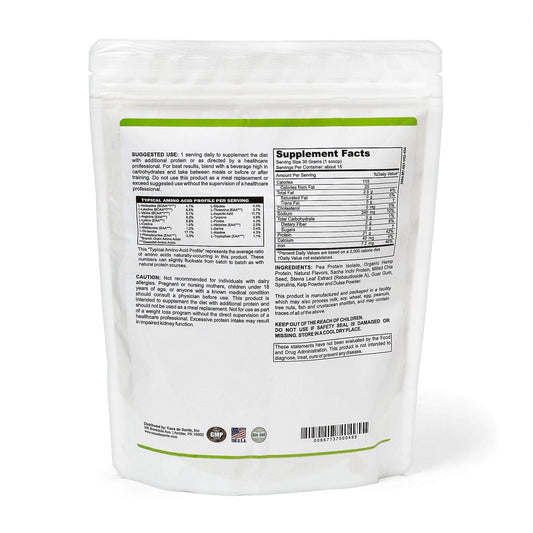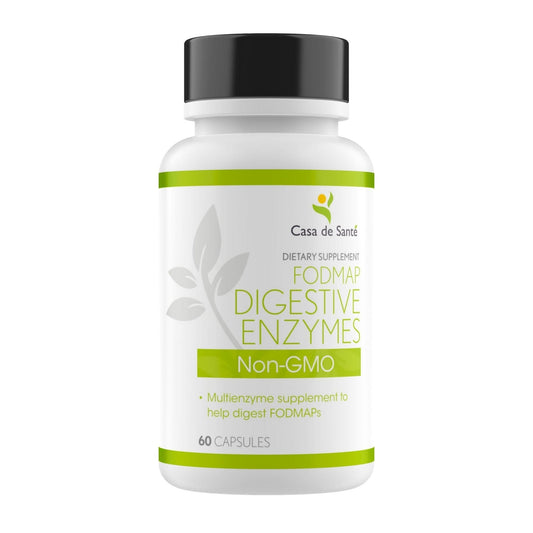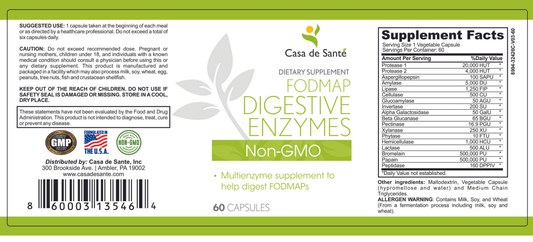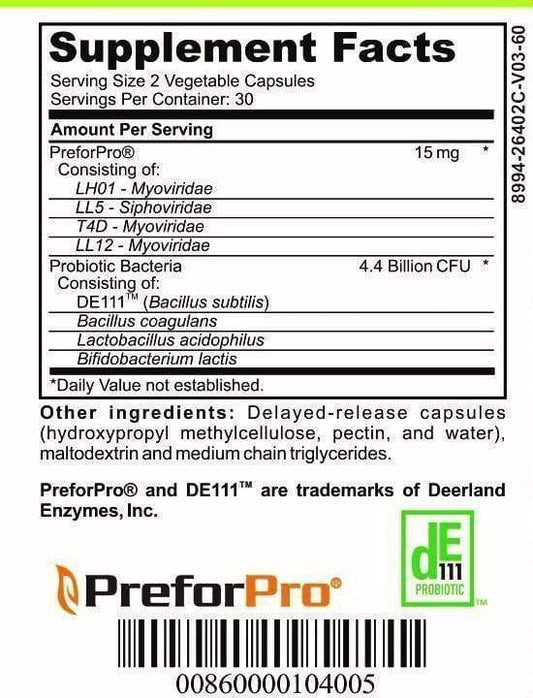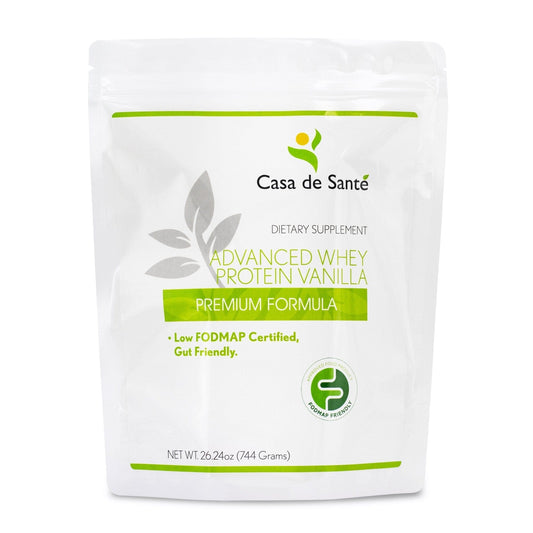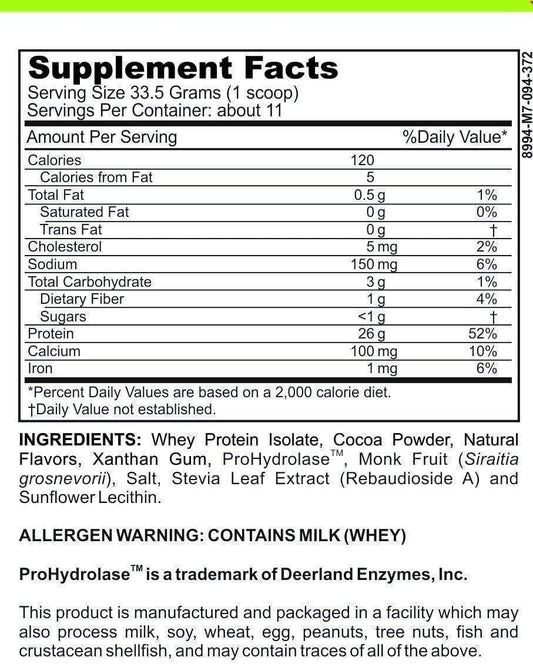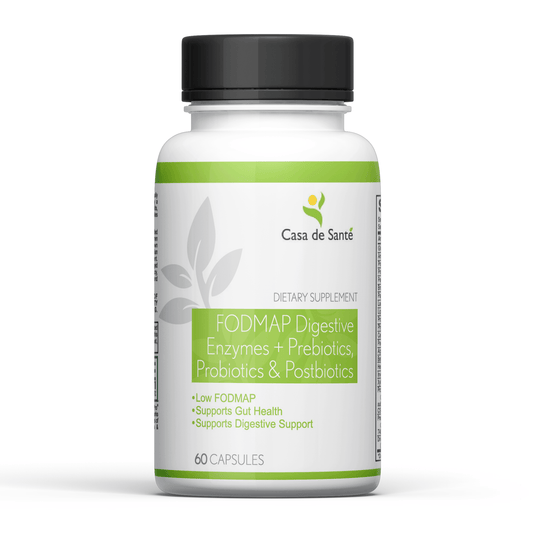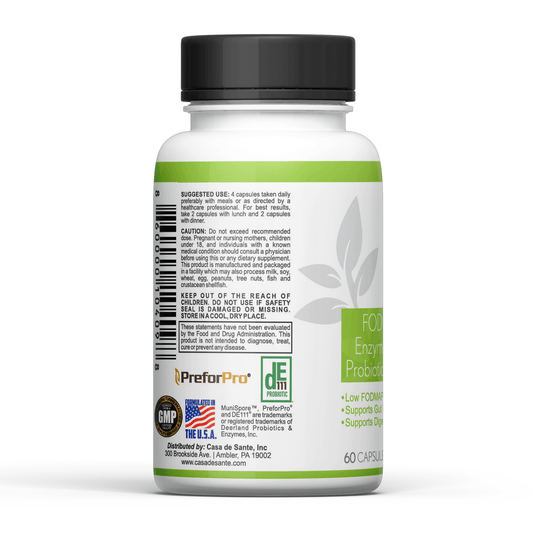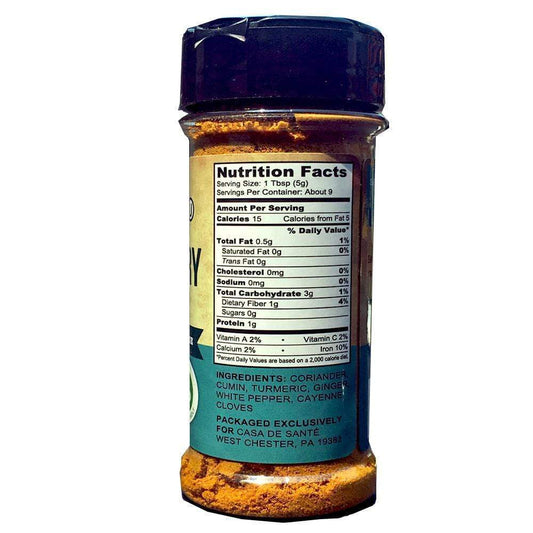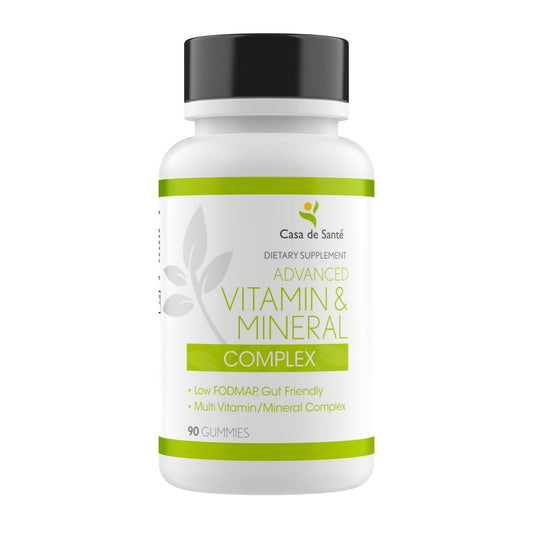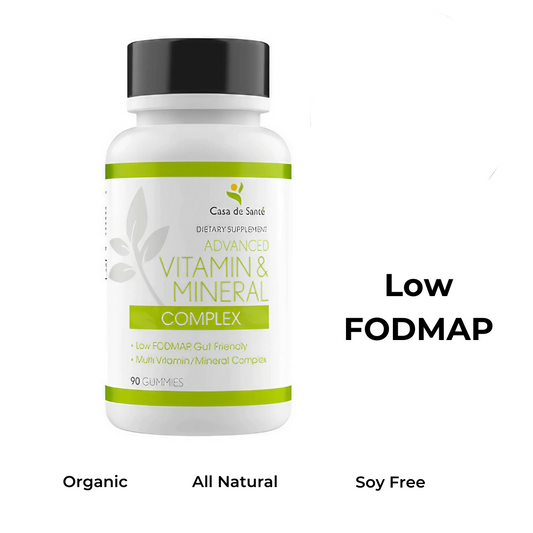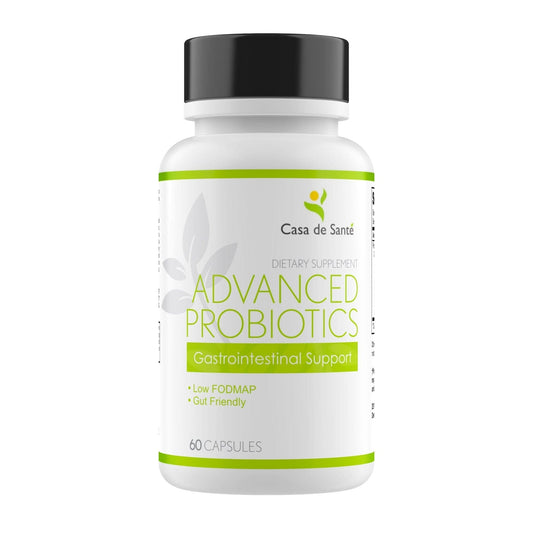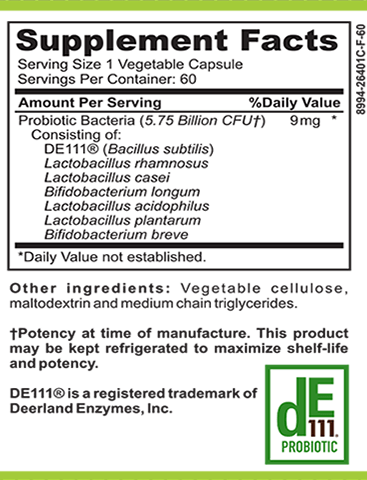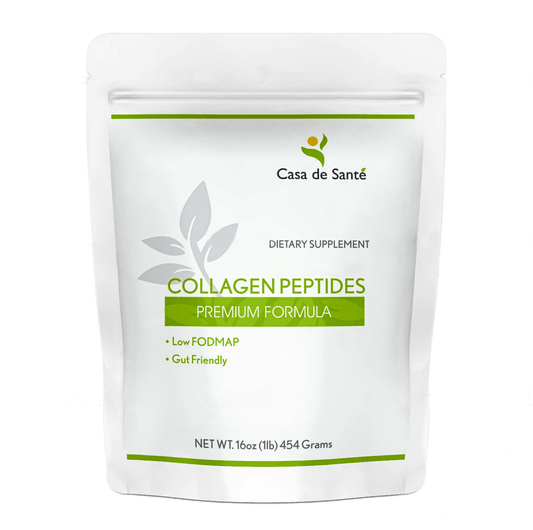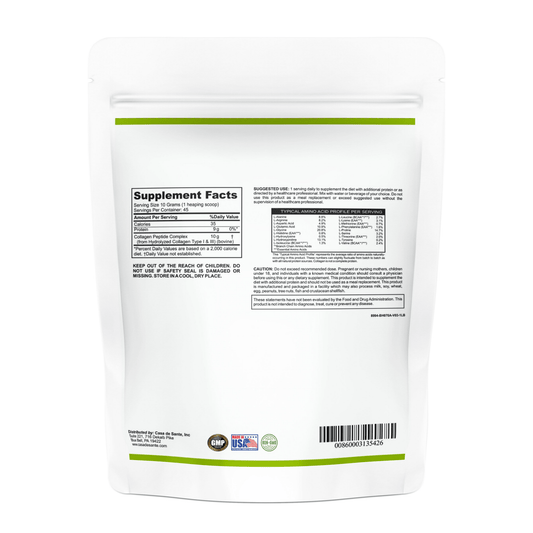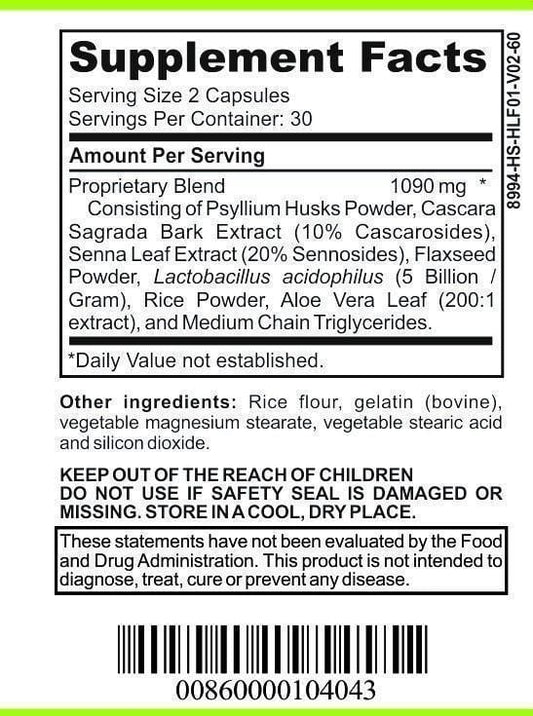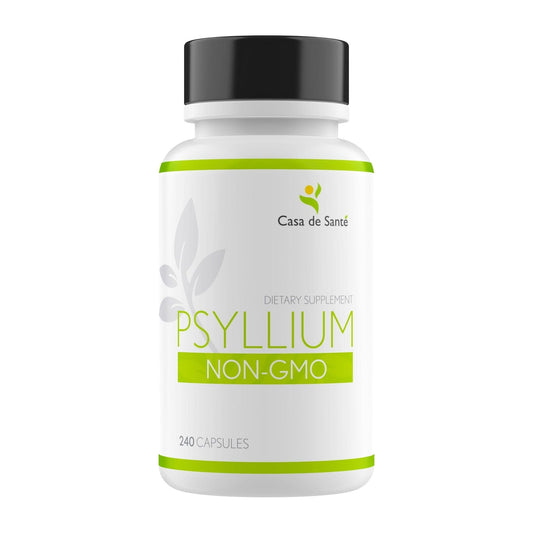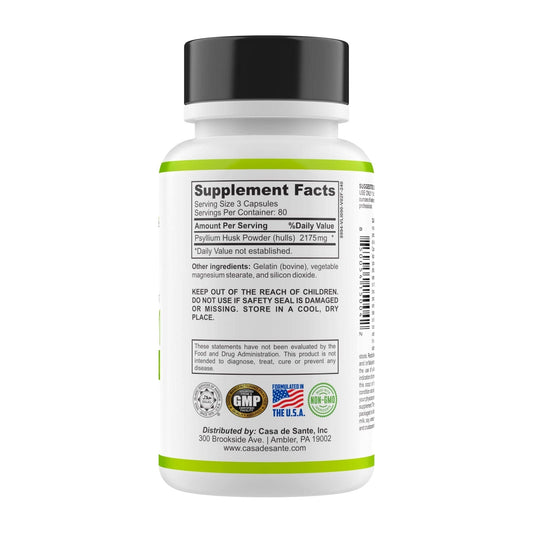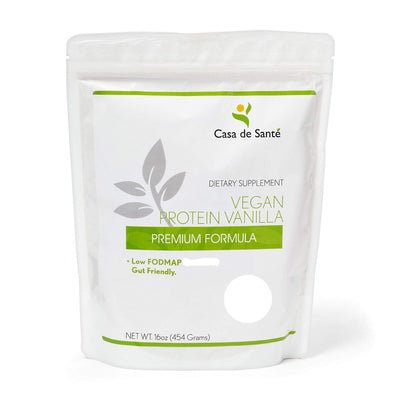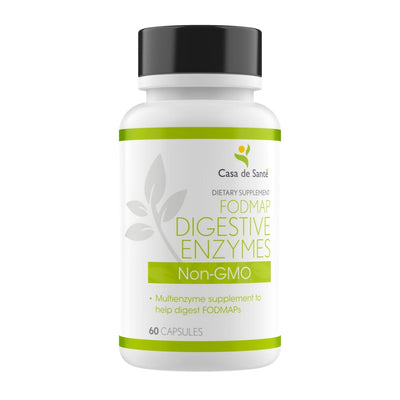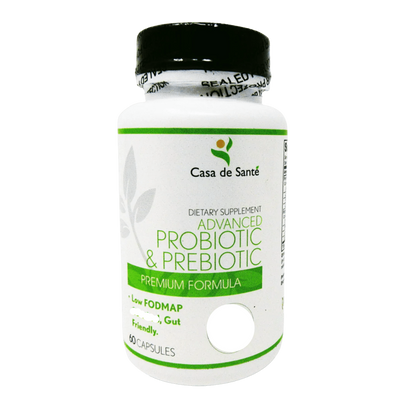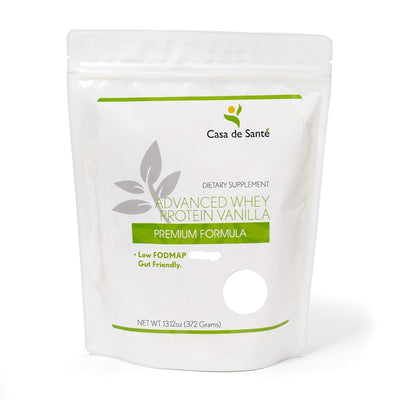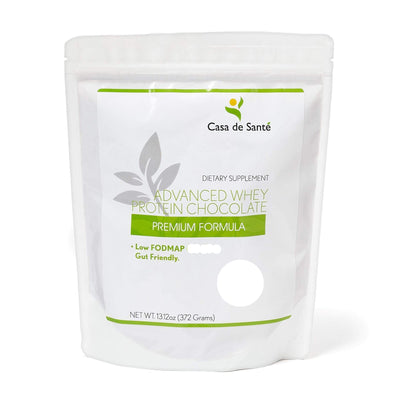Are Pink Lady Apples High in Fructose? A Nutritional Analysis
Are Pink Lady Apples High in Fructose? A Nutritional Analysis
Pink Lady apples have become a supermarket staple, beloved for their distinctive sweet-tart flavor and crisp texture. With their rosy blush and consistent quality, they've earned a dedicated following among apple enthusiasts. But for those monitoring sugar intake—particularly fructose—questions arise about how these popular apples fit into a balanced diet. Whether you're managing fructose malabsorption, watching your sugar consumption, or simply curious about the nutritional profile of your favorite fruit, understanding the fructose content of Pink Lady apples can help you make informed dietary choices.
Understanding Pink Lady Apples
Pink Lady apples, officially known as Cripps Pink, were developed in Western Australia by crossing Lady Williams and Golden Delicious varieties. Their development in the 1970s by John Cripps aimed to create an apple that could withstand hot climates while maintaining excellent flavor and texture. The result was a distinctively sweet-tart apple with firm flesh that has gained worldwide popularity.
Unlike many commercially available fruits, Pink Lady is actually a brand name with strict quality standards. To be sold under the Pink Lady label, the apples must meet specific criteria for sugar content, firmness, and color. This consistency has helped establish their reputation as a premium apple variety.
What Makes Pink Lady Apples Special?
Pink Lady apples stand out for several reasons. Their balanced flavor profile offers both sweetness and acidity, making them versatile for eating fresh or using in cooking. They maintain their shape and texture when baked, which makes them ideal for pies and tarts. Additionally, their dense cellular structure means they brown more slowly than other varieties when cut, making them perfect for salads and cheese boards.
These apples also have an impressively long shelf life compared to other varieties, staying crisp and flavorful for weeks when properly stored. This combination of qualities has helped Pink Lady apples command premium prices and develop a loyal following among consumers willing to pay more for consistent quality.
The Sugar Content of Apples
Before diving into Pink Lady apples specifically, it's helpful to understand the sugar composition of apples in general. Apples contain three main types of sugar: fructose, glucose, and sucrose. Of these, fructose typically makes up the largest percentage, accounting for about 60-70% of the total sugar content in most apple varieties.
The total sugar content in apples varies by variety, growing conditions, and ripeness. On average, a medium-sized apple contains about 10-12 grams of sugar. This natural sugar comes packaged with fiber, vitamins, minerals, and beneficial plant compounds that distinguish whole fruits from processed foods containing added sugars.
Fructose vs. Other Sugars
Fructose is a monosaccharide (simple sugar) found naturally in fruits, honey, and some vegetables. Unlike glucose, which can be used by virtually every cell in the body, fructose is primarily metabolized in the liver. This difference in metabolism has led to concerns about high fructose consumption, particularly from concentrated sources like high-fructose corn syrup.
However, the fructose in whole fruits like apples comes with fiber, which slows absorption and helps prevent the blood sugar spikes associated with refined sugars. The fiber in apples—particularly soluble fiber like pectin—also provides numerous health benefits, including improved digestion and cholesterol management.
How Sugar Content Varies Between Apple Varieties
Apple varieties can differ significantly in their sugar profiles. Generally, sweeter-tasting varieties like Fuji and Honeycrisp tend to have higher total sugar content, while tarter varieties like Granny Smith contain less sugar. The ratio of fructose to glucose and sucrose also varies between varieties, affecting both taste and how the body processes the sugars.
Environmental factors play a role too. Sunlight exposure, soil conditions, and climate all influence an apple's sugar development. Even apples of the same variety can vary in sweetness depending on growing conditions and harvest timing.
Pink Lady Apples: Fructose Content Analysis
Pink Lady apples fall into the moderately high sugar category among apple varieties. On average, a medium-sized Pink Lady apple (about 150 grams) contains approximately 15-18 grams of total sugar. Of this total, roughly 60-65% is fructose, translating to about 9-12 grams of fructose per apple.
Compared to other popular varieties, Pink Lady apples contain more sugar than Granny Smith (which have about 9-10 grams per medium apple) but less than Fuji apples (which can contain up to 20 grams). Their sugar content is similar to Gala and Honeycrisp varieties, though the exact balance of sugars differs slightly.
Comparing Pink Lady to Other Apple Varieties
When ranking apple varieties by fructose content, Pink Lady apples fall in the middle to upper range. Here's how they compare to other common varieties (approximate fructose content per medium apple):
Granny Smith: 5-7 grams
Braeburn: 7-9 grams
Pink Lady: 9-12 grams
Gala: 10-12 grams
Honeycrisp: 11-13 grams
Fuji: 12-14 grams
Red Delicious: 10-13 grams
This variation explains why some varieties taste sweeter than others and may impact how suitable certain apples are for people with specific dietary concerns.
Health Implications of Fructose in Pink Lady Apples
For most healthy individuals, the fructose in Pink Lady apples poses no health concerns. In fact, the nutritional benefits of apples—including fiber, vitamin C, potassium, and various antioxidants—far outweigh any concerns about their natural sugar content. The fiber in apples (about 4-5 grams per medium fruit) helps slow sugar absorption and contributes to the fruit's low glycemic index.
Research consistently shows that whole fruit consumption, even of sweeter varieties, is associated with reduced risk of chronic diseases including heart disease, certain cancers, and type 2 diabetes. The natural package of nutrients and fiber in fruits like Pink Lady apples makes them fundamentally different from processed foods containing added sugars.
Fructose Malabsorption Considerations
For individuals with fructose malabsorption or fructose intolerance, however, even natural sources of fructose can cause digestive distress. This condition, which affects approximately 1 in 3 people to some degree, reduces the body's ability to properly absorb fructose in the small intestine, leading to symptoms like bloating, gas, and diarrhea when excess fructose reaches the large intestine.
People with diagnosed fructose malabsorption may need to limit their consumption of high-fructose fruits, potentially including Pink Lady apples. For these individuals, lower-fructose varieties like Granny Smith might be more tolerable, or they might need to limit portion sizes to half an apple at a time. Working with a registered dietitian can help develop personalized strategies for including fruits while managing symptoms.
Diabetes and Blood Sugar Management
For those managing diabetes or blood sugar concerns, Pink Lady apples can still be part of a healthy diet. Despite their sugar content, whole apples have a relatively low glycemic index (about 36-39) due to their fiber content and the specific types of sugars they contain. This means they cause a slower, more moderate rise in blood sugar compared to high-glycemic foods.
The American Diabetes Association and other health organizations include whole fruits like apples in their recommendations for healthy eating patterns for people with diabetes. However, portion awareness remains important—eating a whole large Pink Lady apple might have different effects than consuming a smaller fruit or half an apple as part of a balanced meal.
Incorporating Pink Lady Apples Into a Balanced Diet
For most people, Pink Lady apples can be enjoyed regularly as part of a varied, nutrient-rich diet. Their combination of sweetness, tartness, and crispness makes them satisfying as a snack, while their nutritional profile offers valuable vitamins, minerals, and fiber. The key is balance and context within your overall eating pattern.
If you're particularly concerned about fructose intake but still want to enjoy Pink Lady apples, consider these practical strategies: pair them with protein and healthy fats (like nut butter or cheese) to slow sugar absorption; eat them as part of a meal rather than alone; and be mindful of portion sizes, especially if you have specific health conditions that warrant sugar monitoring.
Creative Ways to Enjoy Pink Lady Apples
Pink Lady apples' firm texture and sweet-tart flavor make them incredibly versatile in the kitchen. Beyond eating them fresh, try slicing them into salads with bitter greens like arugula and a tangy vinaigrette to balance their sweetness. Their firm flesh holds up well in baking, making them perfect for pies, tarts, and crisps—though be aware that recipes often add significant additional sugars.
For a lower-sugar treat, try baking Pink Lady apple slices with cinnamon and a touch of butter until tender, or add thin slices to sandwiches and wraps for natural sweetness and crunch. Their slow-browning quality makes them excellent for cheese boards and appetizer platters where presentation matters.
Conclusion
Pink Lady apples do contain a moderate to high amount of fructose compared to some other apple varieties, with approximately 9-12 grams in a medium-sized fruit. However, for most people, this natural sugar—consumed as part of a whole fruit with fiber and nutrients—poses no health concerns and contributes to a nutritious diet.
Those with specific conditions like fructose malabsorption or diabetes may need to be more mindful of portion sizes or choose lower-fructose varieties occasionally. As with most nutritional considerations, context matters more than isolated numbers. The overall pattern of your diet, your individual health needs, and how foods make you feel should guide your choices more than concern about a single nutrient in a whole, natural food.
Ultimately, Pink Lady apples represent what nutrition experts consistently recommend—whole, minimally processed foods that provide natural sweetness along with beneficial nutrients. For most people, they're a delicious addition to a varied diet that can be enjoyed without concern about their fructose content.


